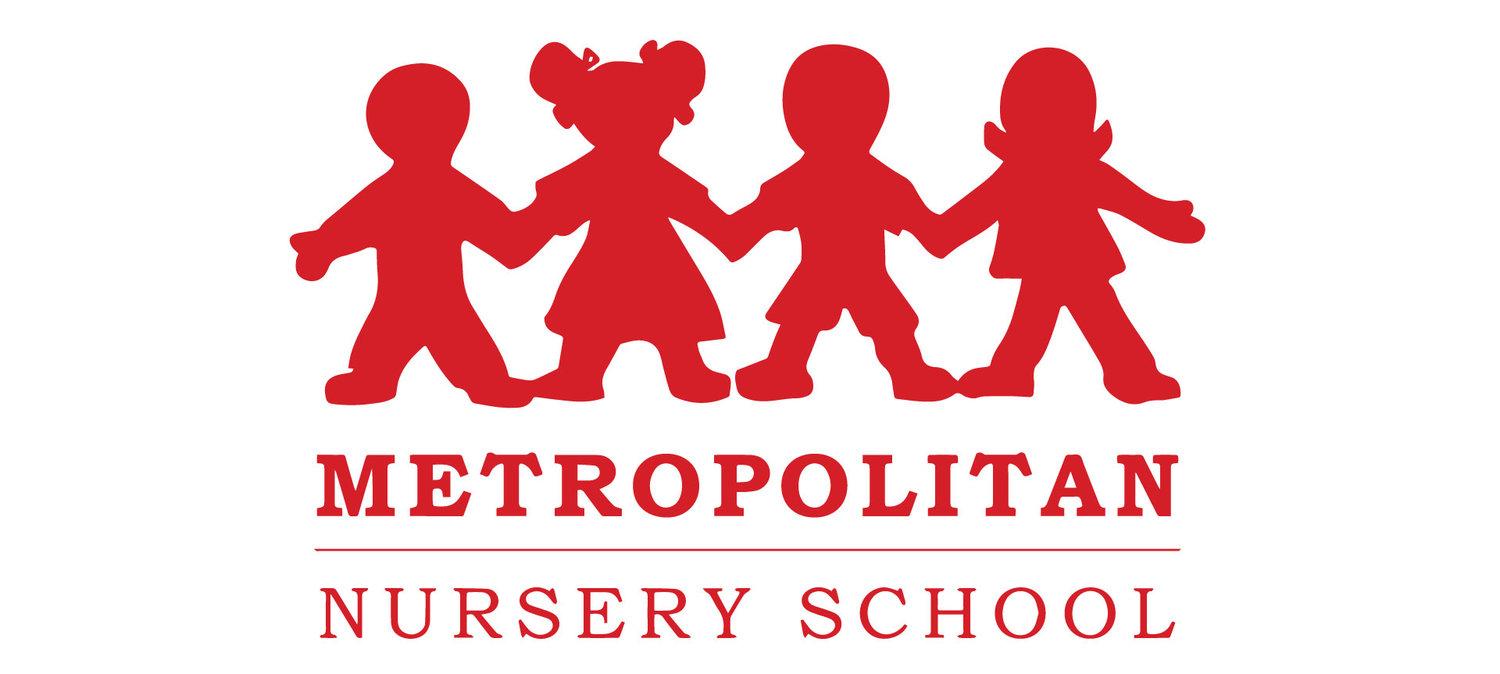We live in interesting times because of our continual access to news: 24-7 news cycles on TV and radios, not to mention news apps on our phones and computers. We also live in Washington, D.C.—where the news seems more immediate and pressing because of our physical proximity to it. The end result is our children are growing up with increased access as well. Especially for parents of preschool children, it is important to remember that we are and should be the curators of our children’s information. Since we can’t and shouldn’t shelter them from everything, we should be prepared for how they may respond to what they see and hear (whether it is real news or pretend costumes at a party). We should also remember to grant their access to scary concepts based on their age and ability to process the news they are exposed to and, equally importantly, our comfort level explaining it to them.
One of the lovely things about human development is that it remains largely unchanged, despite the continual changing of the surrounding environment. Children reach developmental milestones and participate in predictable patterns of learning at the same pace and ages as their ancestors. Children process what they learn about the adult world around them as they always have: through vigorous, active, and imaginative play. Kendra Moyses from Michigan State puts it this way:
Play is a way children process what they see in real life, is an outlet for expressing feelings and helps children develop and practice language skills, social skills, gross motor and thinking skills. Play supports building children’s imagination and creativity which in turn allows them to build their thinking skills.
Violent play, commonly referred to as “superhero play” (because of today’s emphasis on superheroes in the media and movies) or “war play” (which was a common theme of play through the middle of the 20th century), is typical and unstoppable in preschool children. During play, children are in control. Play themes that include good guys, bad guys, weapons, jail, killing, dying, rescuing, and saving are ways for children to practice exercising control and utility over events that, in real life, are well out of their control. There are benefits to allow children explore these themes in safe and supervised settings, most importantly, so we as can help them process worries, fears, and possible misunderstandings. It also allows us to expand on their naturally limited ideas to include themes like being a helper, problem solving, and getting consent.
At Metropolitan Nursery School, we understand that we cannot ban all scary play. We know we need to teach children that weapons aren’t allowed in school, so we use that language to stop games with pretend guns or knives. However, we do not stop all forms of violent or scary themes. Recently, I was out on the playground listening as one class created a complete story line around “friendly” lions and “bad” wolves. The lions were chasing the wolves, and vice versa. They were capturing each other, growling at each other, sometimes tackling a little too aggressively, and sometimes roping in children that didn’t want to be a part of the game. All of this play is typical, and allows the teachers the chance to talk about how to recognize when play is getting too aggressive, how to look for cues on your playmates’ faces that tell you they like or didn’t like what happened, how to tell your friends you do not want to play the game, how to make up rules that include everyone, and how to find a teacher if you begin to feel unsafe. We know these themes are normal, and we allow the children to explore them, while also learning that weapons are not allowed in schools. I believe that one of the reasons “war play” morphed into “superhero” play is not only due to changes in our popular movies and media themes, but also because superhero powers often don’t involve weapons, and therefore have become an acceptable theme for young children’s play in school settings (consider the fierce but friendly lion scenario above).
As adults, we have several goals for allowing this type of play: (1) whenever possible, we want to allow our children freedom to express what is on their minds and to follow their lead in play—this allows us to know what information they are working on processing and what information they are missing, (2) we want to teach them proper rules of engagement—by allowing the play to occur in front of adults (rather than secretly, during unsupervised play, which is what happens when this play is banned altogether), we can have discussions about consent and safe play and empathy, and (3) we can remind children that it is our job as parents and teachers to keep them safe—they can play and practice skills of being the hero, but we are still there, ready to be their source of information and protection.
When we ban this type of play, it naturally occurs where adults aren’t present, or in some other form right before our eyes. So I encourage parents and educators to understand the utility and even necessity of this type of play and to use it as a learning and growth opportunity. This article offers some fun advice for how you can even join in to enhance the play. It is completely natural for some children to try out being scared and being scary, being in control and being controlled. It is our job to be present, observe, expand upon their knowledge, and step in to protect when necessary.
REFERENCES:
https://eric.ed.gov/?id=EJ433421
https://www.myece.org.nz/activities-for-childhood-learning/254-superhero-play-weapon-gun
http://www.earlychildhoodnews.com/earlychildhood/article_view.aspx?ArticleID=567
http://www.canr.msu.edu/news/supporting_super_hero_play_in_child_care_concerns_and_benefits
